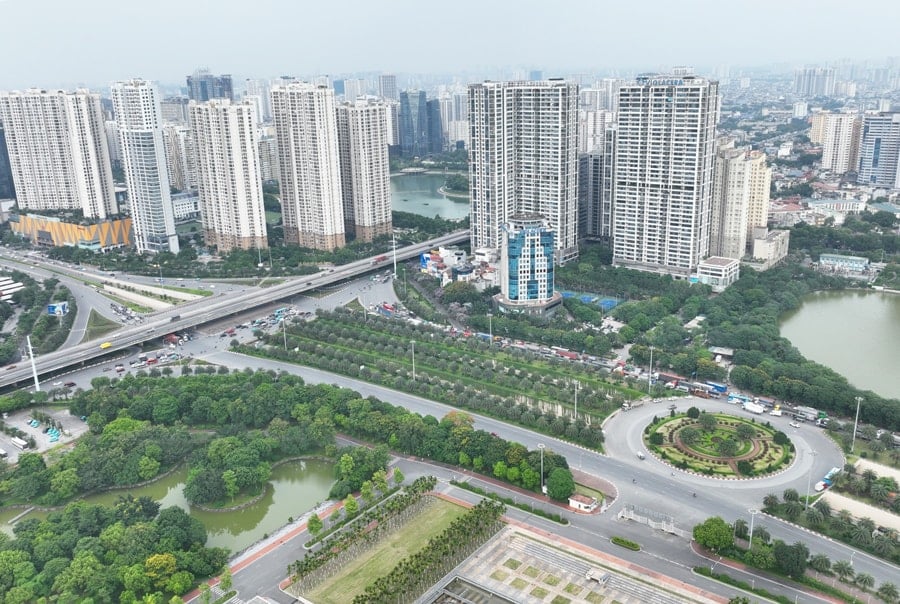
1. Our Party is implementing one of the strategic decisions with a "far-sighted vision, looking ahead for at least 100 years" which is to arrange and streamline the organization of the political system. Accordingly, the latest direction on this issue is clearly stated in Resolution No. 60-NQ/TU (April 12, 2025) of the Eleventh Conference of the 13th Party Central Committee. Specifically, the Central Committee agreed on the policy of organizing local government at 2 levels: Provincial level (provinces, centrally-run cities), communal level (communes, wards, special zones under provinces, cities); ending the operation of district-level administrative units from July 1, 2025 after the Resolution amending and supplementing a number of articles of the 2013 Constitution and the Law on Organization of Local Government 2025 (amended) come into effect.
Another notable point is that the Central Executive Committee agreed that the number of provincial-level administrative units after the merger is 34 provinces and cities (28 provinces and 6 centrally-run cities); agreed to merge commune-level administrative units to ensure that the whole country reduces the number of commune-level administrative units by about 60-70% compared to the present.
The National Assembly Standing Committee also issued Resolution No. 76/2025/UBTVQH15 (dated April 14, 2025) on the arrangement of administrative units in 2025 in accordance with the direction of the Central Executive Committee, the Politburo and the Secretariat on this issue.
Thus, after completing the arrangement of provincial and communal administrative units, the scale of area, population, especially the economic scale of each province, city as well as communes will increase significantly, creating a new and promising development space.
The obvious point when looking at the proposed list of names of provinces, cities and political-administrative centers (provincial capitals) of 34 provincial-level administrative units (issued with Resolution No. 60-NQ/TU) is to expand the development space for localities in all aspects of socio-economic life, security, national defense associated with economic development strategies, national master plans, regional planning... In other words, the merger of provinces and communes this time has completely changed the mindset, that is, not only based on simple criteria such as population size, area, but also focusing on national master plans, regional planning, local planning, socio-economic development strategies, expanding development space associated with socio-economic regions throughout the country.
We can take as an example the provinces in the Central Highlands region merging with some coastal provinces in the Central region such as: Merging Kon Tum province and Quang Ngai province, named Quang Ngai province; merging Gia Lai province and Binh Dinh province, named Gia Lai province; merging Lam Dong province, Dak Nong province and Binh Thuan province, named Lam Dong province; merging Dak Lak province and Phu Yen province, named Dak Lak province, has opened up a space for connecting mountainous areas with coastal areas, creating a combined strength for localities in economic development in areas such as: Logistics services, tourism, import and export of agricultural products, goods, development of marine economy... Looking further, the merger of mountainous provinces with coastal provinces will help to connect horizontally (East - West) smoothly, playing an important role in economic development while firmly ensuring security and national defense.
Another typical example is the planned merger of Ba Ria - Vung Tau province, Binh Duong province and Ho Chi Minh City, named Ho Chi Minh City, which will create a megacity of regional and even global stature. This new administrative unit will certainly open up space, unleash resources, and bring about strong development momentum, especially when Ho Chi Minh City and Binh Duong can take advantage of the modern seaport system of Ba Ria - Vung Tau province today. The merger will also create conditions for investment and upgrading of inter-regional transport infrastructure in sync with expressways and public transport systems to help connect satellite cities of the three localities today. This is a fundamental condition to strongly attract international investors, promote trade and create many job opportunities, and enhance economic competitiveness.
Analyzing some examples above shows that merging provincial and communal administrative units is a strategy with a "vision of at least 100 years" to achieve the ultimate goal of developing a rich and prosperous country.
2. The capital Hanoi is a typical example of merging to expand development space to new heights.
Remember, on August 1, 2008, the capital Hanoi was officially expanded when Ha Tay province and some localities of Hoa Binh province and Me Linh district (Vinh Phuc province) merged (implementing Resolution No. 15/2008/NQ-QH12 on adjusting the administrative boundaries of Hanoi city and some related provinces). For nearly 17 years, Hanoi has had a completely new look, affirming that the expansion of the capital is a very correct policy, demonstrating the strategic vision of our Party and State.
The capital has now taken on a civilized, modern and cultural appearance. That is the transportation system that is being gradually completed (air, road, urban railway), connecting not only within the capital, but also reaching out to provinces and cities in the region as well as the whole country, thereby promoting the development of trade, culture, tourism..., contributing to affirming the position and stable and sustainable development of the capital.
It is also necessary to mention the modern, bustling urban areas that have been expanding the urban space for the Capital. In particular, many districts of Ha Tay province (old) that used to mainly develop agriculture have now shifted strongly to industry, services, tourism and have a strong urbanization rate such as: Hoai Duc, Dan Phuong, Thanh Oai, Thuong Tin... Not to mention, many areas merged into the Capital in the future will become important satellite cities of Hanoi city such as Hoa Lac - Xuan Mai - Son Tay, Phu Xuyen, Me Linh...
It must be affirmed that the expansion of Hanoi Capital is a historical construction not only for Hanoi but also for the whole country.
Hanoi not only affirms its new stature and new mindset, but also proactively shapes an open future path that promises greater development, worthy of the trust and expectations that the Party, the State and the people of the whole country have placed in it to become a globally connected city with a level of development on par with the capitals of developed countries in the region and the world.
The valuable experiences in merging and expanding the development space of the capital Hanoi certainly remain relevant and valuable in the context of our Party and State strongly implementing the revolution of restructuring and streamlining the apparatus on a national scale.
3. The revolution to streamline the organizational apparatus of the political system has been taking place very urgently, drastically, with high consensus throughout the Party and with the support of the people. The results achieved in the past time show that the policies and decisions of the Central Executive Committee, the Politburo, and the Secretariat are very correct, very accurate, and in line with the Party's will and the people's will.
General Secretary To Lam, when assessing this issue, had a very profound view: Streamlining the political apparatus and merging provinces and communes is not simply a matter of adjusting the organizational apparatus and administrative boundaries, but also a matter of adjusting the economic space, adjusting the division of labor, decentralization, and allocation of resources for development, and an opportunity to arrange and build a team of cadres to meet the requirements of national development.
Obviously, the revolution to streamline and streamline the apparatus of the political system is an urgent requirement, not allowing us to be slow, lax, or inaccurate. In particular, the goal of streamlining and streamlining the apparatus is the long-term strategic vision for national development of our Party and State, so at this historical moment, all levels, sectors, and localities must not have the mindset of "your rights, my rights" or "this locality, that locality". The historic decision to expand the development space for each locality and region is for the common interests of the country and the people. Therefore, the process of implementing the work must be in the spirit of "running while lining up" but must be cautious, certain, methodical, not hasty, subjective, with priority order, doing each job firmly.
The destination has been set, the roadmap is clear, the country's opportunities are opening up, shining with confidence and filled with hope for all people in Vietnam. Expressing this determination, General Secretary To Lam emphasized: "Under the Party's talented and wise leadership, the joint efforts, consensus, and struggles of the entire Party, people, and army, we will definitely overcome all difficulties and challenges, and successfully complete the set goals, targets, and tasks. We will definitely succeed."
Source: https://hanoimoi.vn/khong-gian-moi-co-hoi-phat-trien-moi-699225.html





![[Photo] Party and State leaders visit former President Tran Duc Luong](https://vphoto.vietnam.vn/thumb/1200x675/vietnam/resource/IMAGE/2025/5/24/960db9b19102400e8df68d5a6caadcf6)
![[Photo] Ho Chi Minh City holds funeral for former President Tran Duc Luong](https://vphoto.vietnam.vn/thumb/1200x675/vietnam/resource/IMAGE/2025/5/24/9c1858ebd3d04170b6cef2e6bcb2019e)

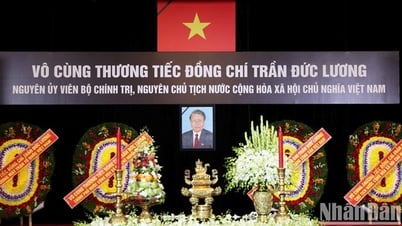


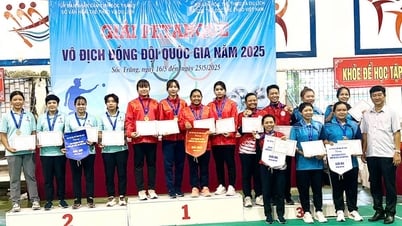
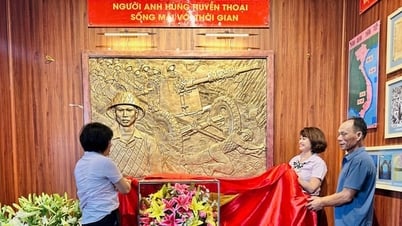












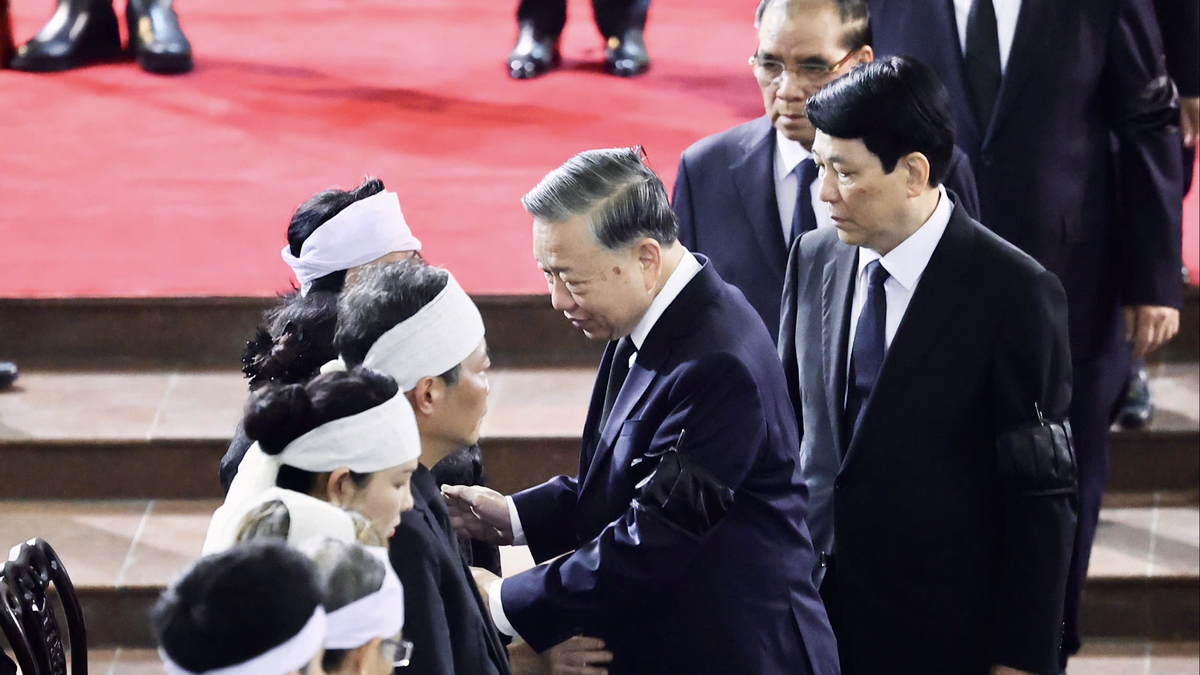
































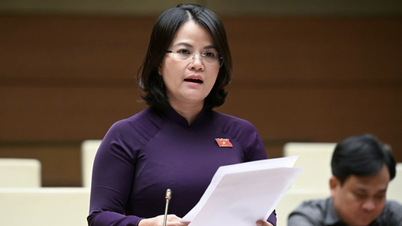
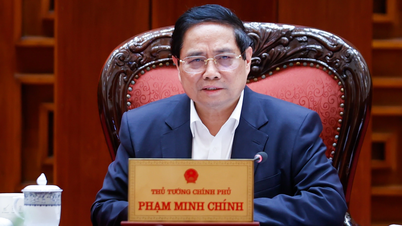










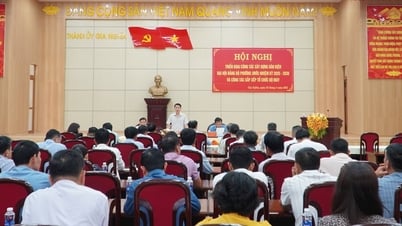

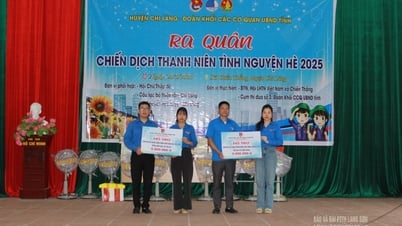



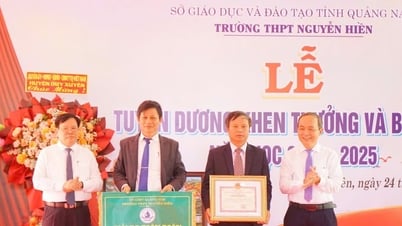










Comment (0)